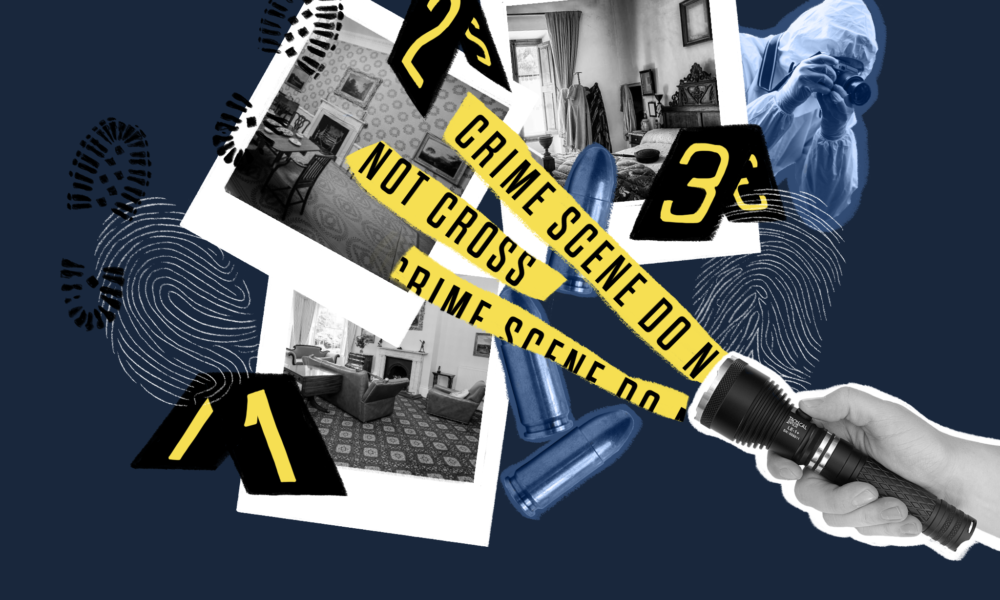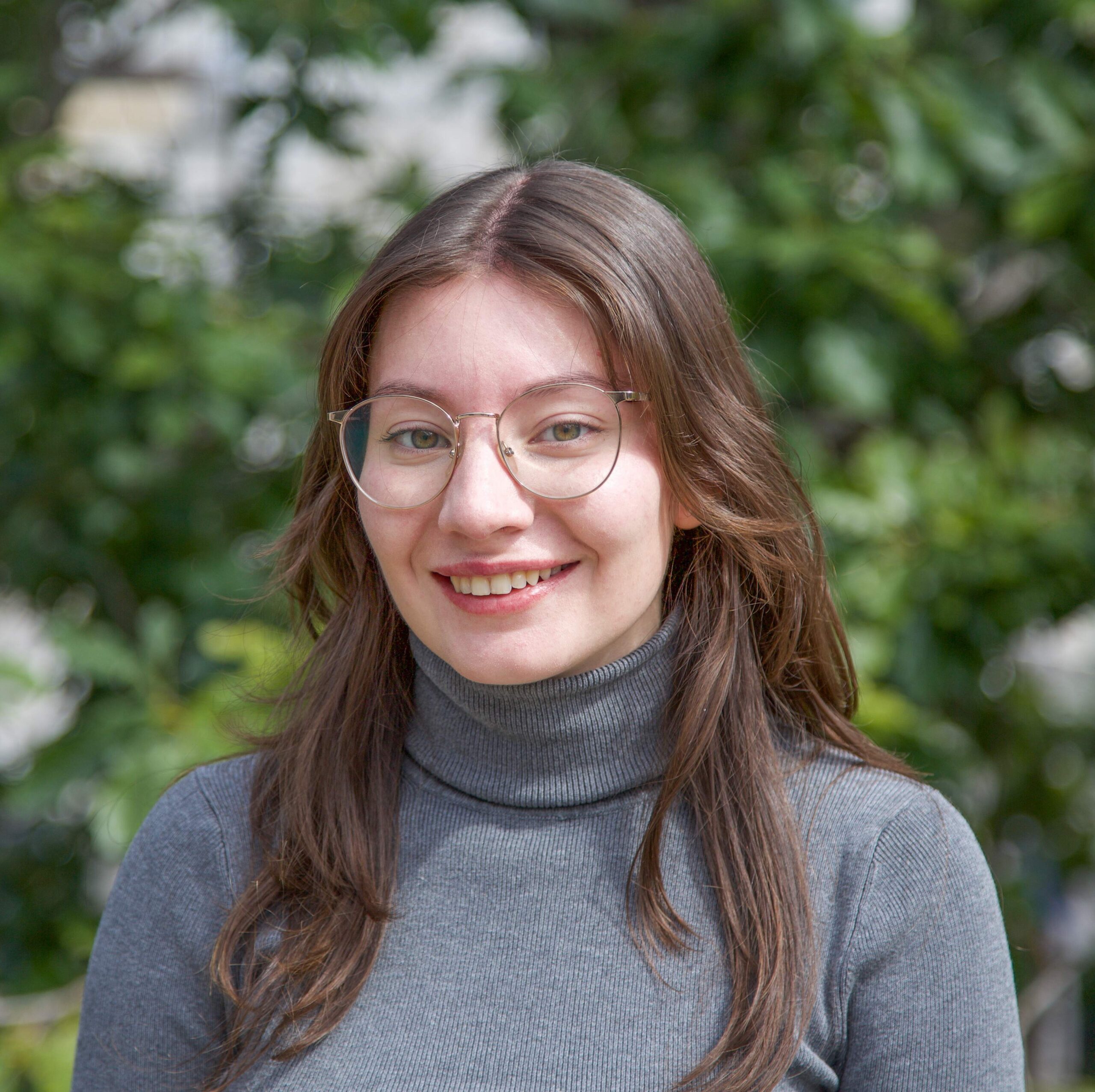Most viewers are aware that the crime-solving shown on TV is often a sensationalized representation of real-life forensic science, especially when it comes to the analysis of physical evidence. Trace evidence collection, bloodstain pattern analysis, ballistics, and other forensic techniques are supposed to give investigators the power to pin a suspect to a crime scene and recreate past events with a high degree of certainty.
The way scientists piece together puzzles of evidence is much murkier. Whether it be biological evidence, such as bloodstain patterns or bodily fluids, or physical evidence, like ballistic residue or clothing fibres, we expect that they are held to a scientifically rigorous standard before being used in professional practice. But somehow, in the media, techniques like shoeprint identification are presented as foolproof despite having no large-scale studies to support their use. Other techniques, like bite-mark analysis, are plagued with glaring inaccuracies: For instance, imprints in soft tissue lose their original structure over time, but may still be used for comparison. Organizations like the Innocence Project report that nearly one quarter of documented exonerations in the U.S. resulted from misapplications of forensic science.
This is not to say that the field is without merit. In Quebec, the Laboratoire de sciences judiciaires et de médecine légale (LSJML) collaborates with law enforcement to review crime-scene evidence, from toxicology to odontology. Vincent Mousseau, a PhD candidate in the School of Criminology at the University of Montreal and associate researcher in the Laboratory for Criminology Research, says that the interpretation of evidence has improved over the years.
“Some practitioners are still reluctant to move from a model where the value of forensic evidence is expressed as a fact […] to a model where expert opinion is expressed in the form of probabilities, but important progress has generally been made,” Mousseau wrote in an email to The McGill Tribune. “For example, today, forensic biologists from the LSJML communicate their conclusions in probabilistic forms, which is much more rigorous and transparent.”
According to Frank Crispino, director of the Laboratory for Criminology Research (LRC) at Université de Québec à Trois-Rivières (UQTR), forensic science acts as more of a historical tool rather than a predictive one.
“Forensic science is not about ‘techniques’ […] but about interpretation as reconstructing a past unobserved and uncontrolled singular event, not a Galilean way of practising science,” Crispino wrote in an email to the Tribune.
Uncertainty is a seminal part of scientific inquiry, but in the field of forensics, it can be a matter of life or death. Since forensic scientists seek to establish the mechanics of a crime that only happened once, it does not follow the same iterative process as research science—therefore, attributing a piece of evidence to a person or a place can only be established to an imperfect degree of certainty.
Cyril Muehlethaler, co-director of the LRC at UQTR, specializes in the analysis of microtraces such as fibres, or tiny specks of paint, that may be unknowingly left behind by a suspect. These can be particularly relevant in more complex cases, but take much longer to obtain results compared to DNA analysis.
More common identification methods, like fingerprinting, are useful but often mired in quality issues.
“What is often neglected [by the public] is that we deal with traces,” Muehlethaler wrote. “They are often of bad quality, incomplete, degraded, and can be non-representative of their original source. It can sometimes be tricky to analyze them and evaluate if they share similar properties to a reference piece. For example, having a beautiful fingermark of the whole fingertip is quite uncommon, we often have […] a trace that can be blurred, distorted, or contaminated with only a few visible ridges and a couple of minutiae.”
Much of forensic science has to do with probability: What is the chance, say, that a DNA sample taken from a weapon matches that of a suspect and no one else? Muehlethaler explained that the translation of laboratory findings into the legal context during investigations can lead to muddled meaning. Stating that the probability of a DNA sample belonging to a person is 10 times more likely than chance is one thing, but warping that statement to establish a suspect’s culpability is very different.
When asked to testify as expert witnesses in court, scientists are often pressured into giving definitive answers, usually to strengthen a prosecutor’s case.










